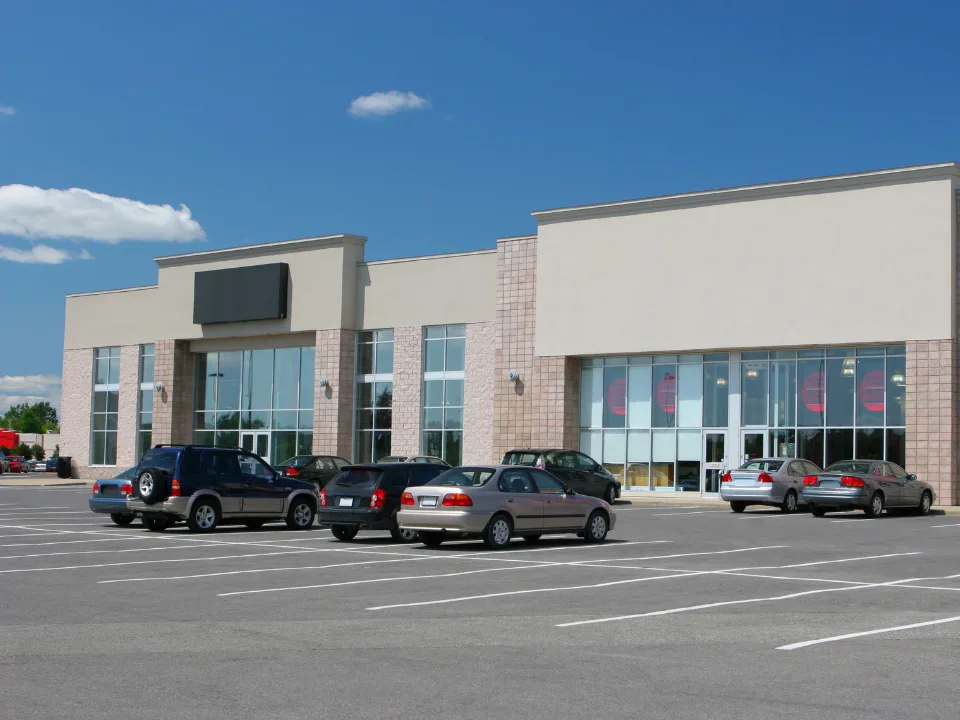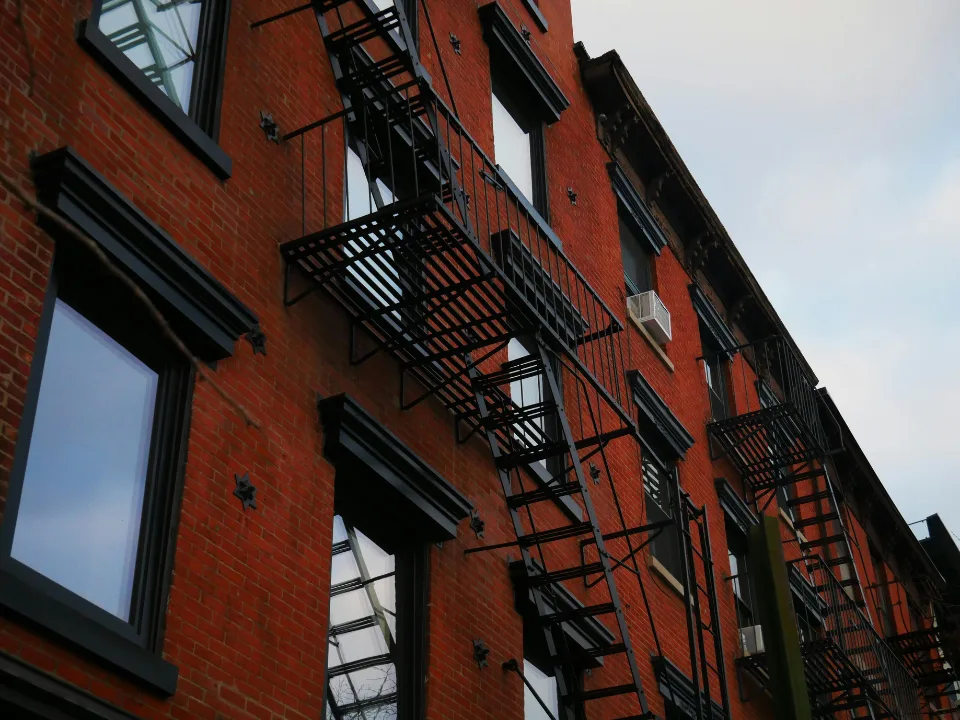- Rent growth ranged from +8.0% in top-performing areas like East Village, NY, and South Cleveland, OH, to -7.6% in oversupplied submarkets, like Austin, TX.
- Submarkets near Washington, D.C., dominated the top 15 list for rent growth, with areas like Old Town/Potomac Yard posting 6.3% growth.
- Oversupply in Austin resulted in 12 of the 15 weakest-performing submarkets, with a regional vacancy rate of 15.1%.
According to CoStar, while annual multifamily rent growth held steady at 1.2% in Q3, local submarkets revealed two types of markets.
Rents rose as much as 8.0% in some areas while falling by up to -7.6% in others. Factors like oversupply and renewed urban demand seem to be driving these disparities.
Tale of Two Markets
Submarkets with the strongest rent growth tend to fall into two categories:
- High-density urban areas enjoyed a post-pandemic revival as renters returned to vibrant, walkable neighborhoods. For example, rents in NY’s East Village went up 8.0%, while Old Town/Potomac Yard, VA (near Washington, D.C.), posted 6.3% rent growth due to its proximity to urban amenities and transit.
- Smaller outlying markets with low supply and consistent demand also performed well. The Manassas/Gainesville area in VA, which has not added new units since 2019, saw 6.8% growth due to tight inventory. D.C. stood out as a strong performer, with 7 of the top 15 submarkets for rent growth.
Meanwhile, markets with weak rent growth or significant declines struggle with oversupply.
- Austin, TX, is the most notable example, having added 85K apartment units since 2020 while demand has only totaled 50K units. The oversupply has driven the region’s vacancy rate to 15.1%, the highest among the nation’s top 50 markets, causing rents to dip up to -7.6%.
Looking Ahead
Urban cores benefit from renewed interest in walkable, amenity-rich neighborhoods, while outlying areas with little new construction enjoy tight supply and steady growth.
However, oversupply in markets like Austin underscores the risks of overbuilding, with landlords struggling to lease excess inventory.
As supply and demand dynamics evolve, localized strategies will be essential for navigating multifamily rent trends. Developers may prioritize tighter markets to avoid oversupply, and urban submarkets will likely remain attractive as renter preferences shift back to high-density, vibrant communities.
Get Smarter about what matters in CRE
Stay ahead of trends in commercial real estate with CRE Daily – the free newsletter delivering everything you need to start your day in just 5-minutes

















